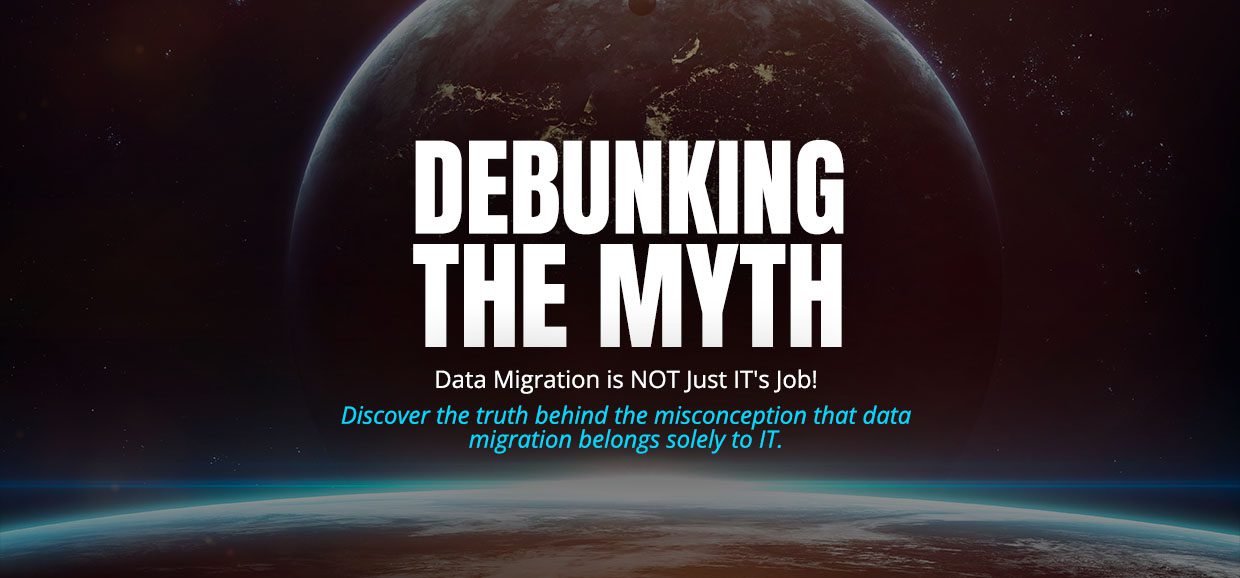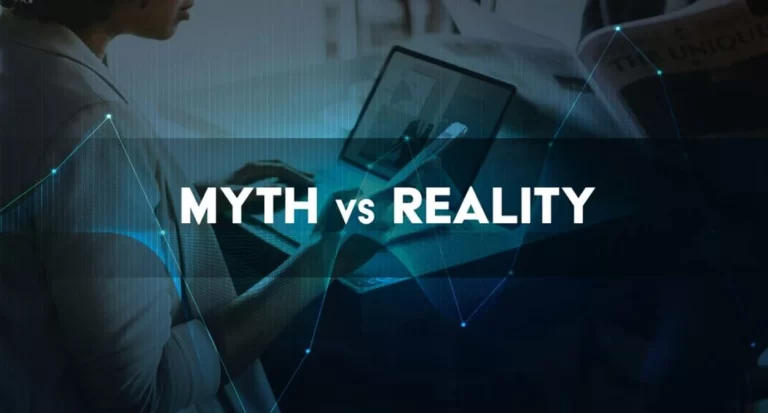
In the rapidly evolving landscape of modern business, data is undeniably the lifeblood that fuels innovation, decision-making, and growth. With the explosion of digital transformation, the need to seamlessly transition data from one system to another has become a common occurrence. Yet, there’s a pervasive myth that continues to persist: the belief that data migration is solely the domain of the IT department. In this blog post, we’ll unravel this misconception and explore why data migration is a collaborative effort that involves multiple stakeholders across an organization.
Understanding Data Migration
Before we delve into the myth-busting, let’s take a moment to understand what data migration entails. Data migration is the process of transferring data from one system, storage, or format to another. This can encompass a wide range of scenarios, from upgrading software or hardware to moving data to the cloud, consolidating databases, or even merging with another organization.
The Myth: Solely an IT Task
One of the reasons the myth that data migration is solely an IT task persists is due to the technical complexity involved. IT teams often play a central role in planning, executing, and overseeing data migration projects. They possess the technical expertise required to ensure that data is accurately transferred, transformed, and validated in the new environment. However, this is only one facet of a multifaceted process.

Debunking the Myth
Strategic Alignment: Data migration is not just about moving data; it’s about aligning data with the strategic goals of the organization. Business leaders, executives, and department heads must be involved to ensure that the migration supports the overall vision of the company.
Data Ownership: While IT might manage the mechanics of migration, data ownership lies with the business units generating and using the data. These units should actively participate to ensure that critical data is accurately identified, mapped, and prioritized
Data Quality: Data migration often brings to light data quality issues. Addressing these issues requires collaboration between IT and business units to clean and enrich the data before migration. Poor-quality data can lead to erroneous insights and decisions in the new system.
User Experience: The end-users, such as employees and customers, are directly impacted by data migration. Involving representatives from user groups can help identify potential pitfalls, ensure a smooth transition, and minimize disruptions.
Change Management: Data migration often goes hand in hand with changes in processes and workflows. A successful migration requires change management expertise to ensure that employees are prepared for the transition and can adapt effectively.

Collaboration is Key
Data migration is not an isolated technical task; it’s a collaborative effort that requires input and participation from various stakeholders across the organization. IT teams, business units, executives, and change management professionals must work together to ensure the success of the migration project.
In conclusion, the notion that data migration is solely an IT task is a myth that doesn’t hold up under scrutiny. Embracing data migration as a collaborative endeavor empowers organizations to navigate the complexities of modern data management while leveraging the collective expertise and insights of the entire organization. By breaking down silos and fostering collaboration, businesses can truly harness the power of their data and drive sustainable growth.
